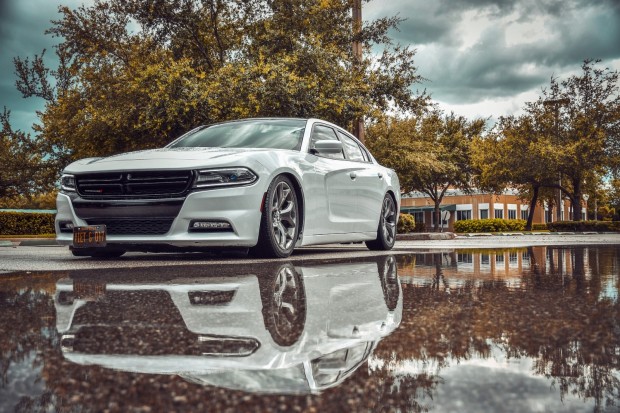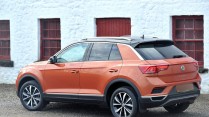Stellantis, Blackberry Unite for Virtual Cockpit, Redefining In-Car Software Development Dynamic
By Dabbie Davis
Jan 11, 2024 10:05 PM EST

Stellantis, in collaboration with BlackBerry has revolutionized in-vehicle technology through their innovative use of the Amazon cloud and BlackBerry software. The Virtual Engineering Workbench (VEW) by Stellantis incorporates a cutting-edge virtual cockpit platform, allowing the simulation of every aspect of the in-vehicle experience.
Technology Development From Stellantis and Blackberry
Stellantis is improving consumer infotainment tech with Amazon's cloud computing and BlackBerry's QNX Hypervisor. Such partnership produced the Virtual Cockpit, which sped automotive control and system development and testing. Therefore, speeding up software development.
They're actually making progress 100 times faster than before. Stellantis, BlackBerry using Amazon cloud bring something new to the table. Well, at least in car tech realm. Furthermore, such collaboration show automobile experiences are transforming through cloud-based solutions. Such move is beyond innovation.
Reports provided a glimpse to this latest development from Stellantis. The Virtual Cockpit platform, an integral component of Stellantis' Virtual Engineering Workbench development tool, incorporates BlackBerry's QNX Hypervisor for software, complemented by cloud services from Amazon Web Services.
Additionally, BlackBerry showed a "nonbranded" QNX Hypervisor platform at CES 2024 in Las Vegas, announcing the collaboration. According to Stellantis Chief Software Officer Yves Bonnefont, this technology allows them to better understand customer needs, ensuring faster development cycles, quicker feedback loops, and prompt delivery of beloved technology.
In line with its Dare Forward 2030 plan, Stellantis aims to generate 20 billion euros in revenue from software and connected car services by 2030.STLA Brain, AutoDrive, and SmartCockpit are three software-based technology platforms being developed.
READ MORE: Google's Chrome Browser to Cruise into Cars, Maps to Gain Further EV Offerings
How the Virtual Cockpit Works
In the Stellantis/BlackBerry collaboration, the cockpit simulator, which incorporates virtualization tools for graphics, audio, and touch screen, mouse, and keyboard inputs, allows for seamless modification. Stellantis highlights that the virtual counterparts of automotive systems closely mimic their real-world counterparts.
Significantly, the primary software governing these systems remains unchanged during modifications, facilitating a faster development process.
Leveraging the cloud-based QNX Hypervisor, Stellantis claims the ability to expedite customer feedback processes and replicate the user interface of particular models across its array of brands, allowing real-time adjustments.
As per a report by Market Insider, Stellantis has the capability to create authentic virtual renditions of car controls and systems, replicating their behavior as in a physical car. This achievement is realized without altering the core software governing these systems, reducing the time required from months to as little as 24 hours in certain instances.
The utilization of the QNX Hypervisor provides Stellantis the opportunity to integrate a high-performance computing (HPC) simulation of a virtual cockpit into an Amazon cloud environment. Equipped with tools encompassing virtualization of graphics, audio, and touchscreen/mouse/keyboard inputs, this solution ensures minimal disparities between running QNX Hypervisor-based systems in the cloud and on tangible hardware.
According to Reuters, traditional automakers, including Stellantis, face pressure to accelerate their vehicle development cycles due to the efficient pace of new Chinese electric vehicle manufacturers. These newcomers are capable of introducing new models in significantly less time.
Stellantis, utilizing tools developed by BlackBerry, asserts that their virtual platform yields minimal distinctions between operating systems in the cloud and on tangible hardware. While BlackBerry was previously concentrated on hardware and devices, it has shifted its focus to enterprise software and cybersecurity.
Stellantis further claims the ability to expedite customer feedback for a specific brand and vehicle, allowing them to make real-time adjustments to enhance the driver's experience.
RELATED ARTICLE: Sony Showcases Afeela EV, Navigates it with a PlayStation Controller at CES 2024
Copyright @ MOTORTIMES, All rights reserved. Do not reproduce without permission.








